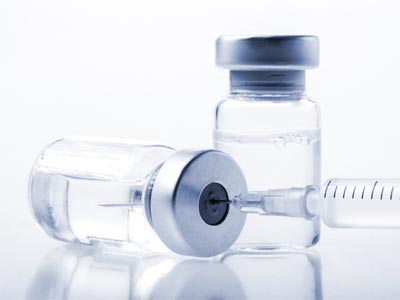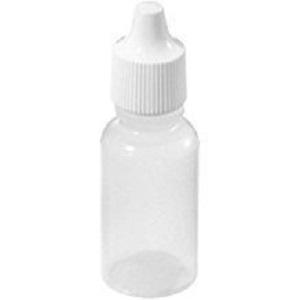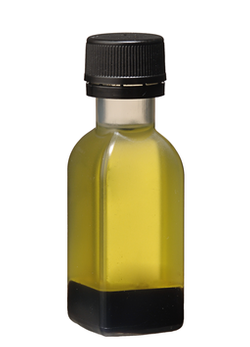


The later Garrett TFE731 nacelle with a conventional intakeĭuring the 1950s and 1960s, the French government, which had taken a significant interest in the re-establishment and growth of its national aviation industries in the aftermath of the Second World War, developed a detailed request for a combined liaison/ trainer aircraft, to be equipped with twin-turbofan engines. In November 2012, a Falcon 20 had the distinction of becoming the first civilian jet to fly on 100% biofuel. The type has also been used as a flying test bed and aerial laboratory by a number of operators, including NASA and Draken Europe. Due to the increasing implementation of noise-abatement regulations, the Falcon 20 has either been subject to restrictions on its use in some nations, or been retrofitted with Stage 3 noise-compliant engines or hush kits upon its non-compliant engines. The aircraft proved to be so popular that production did not end until 1988, when it had been superseded by more advanced developments of the Falcon family. Additionally, a number of Falcon 20s that had been originally powered by the CF700 engines were later re-engined with Garrett TFE731 turbofan engines. This variant, powered by a pair of Garrett ATF3 engines, featured several major improvements to increase its range, capacity, and comfort. Further major orders were soon placed for the type by several operators, both civil and military amongst others, these included the French Navy, the United States Coast Guard, and Federal Express.Īn improved model of the aircraft, designated the Falcon 200, was developed. American orders proved valuable early on by 1968, Pan Am Business Jets Division had placed orders for 160 Falcon 20s. On 10 June 1965, French aviator Jacqueline Auriol achieved the women's world speed record using the first prototype.Īs a result of an early distributor arrangement with American airline Pan American (Pan Am), American-delivered aircraft were marketed under the name Fan Jet Falcon it soon became popularly known as the Falcon 20. The first production aircraft was introduced on 3 June 1965. On, the prototype made its maiden flight. It is a low-wing monoplane design, powered by a pair of rear-mounted General Electric CF700 turbofan engines. Initially known as the Dassault-Breguet Mystère 20, approval to proceed with development of the aircraft was issued during December 1961. The first business jet developed by the firm, it became the first of a family of business jets to be produced under the same name of these, both the smaller Falcon 10 and the larger trijet Falcon 50 were direct derivatives of the Falcon 20. At NAFVSM we also offer the fitting aluminium crimp caps and tear off caps.The Dassault Falcon 20 is a French business jet developed and manufactured by Dassault Aviation. For freeze drying (lyophilisation) a flat bottom is recommended. Suitable applications are freeze drying and injection. Our injection vials are used in the pharmaceutical and diagnostic industries. The manufacturing of the glass vials is in our plant in Nijmegen, the Netherlands. Packing of the injection vials is done in polypropylene trays, sealed and provided with a NAFVSM label. The dimensions are ø 30.0 x 55 x 1.20 mm.
Flacon 20 ml iso#
This crimp neck injection bottle is manufactured according to ISO 8362 standards.

The 20 ml injection vial (20R) is made out of clear tubular borosilicate glass of the 1st hydrolytic class.


 0 kommentar(er)
0 kommentar(er)
